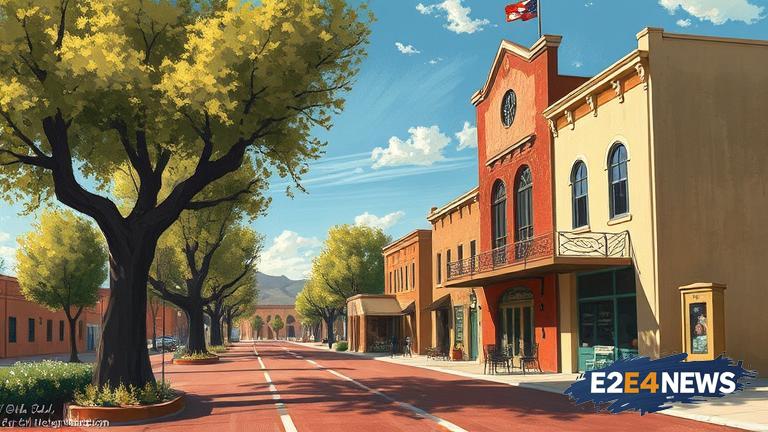The historic district in Tucson, Arizona, is a fascinating area that showcases the city’s rich cultural and architectural heritage. With a history spanning over two centuries, the district is home to numerous historic buildings, landmarks, and monuments that reflect the city’s complex and diverse past. The area was first settled in the 18th century by Spanish colonizers, who established the Presidio San Agustín del Tucson, a fort that served as a military outpost and a center for trade and commerce. Over time, the area grew and developed, with the establishment of new buildings, roads, and infrastructure. The historic district is characterized by its unique blend of Spanish, Mexican, and American architectural styles, which reflect the city’s complex cultural identity. One of the most notable landmarks in the district is the Fox Theatre, a historic theater that was built in the 1920s and features a stunning example of Southwestern Art Deco architecture. The theater has hosted numerous performances and events over the years, including concerts, plays, and film screenings. Another notable landmark is the Tucson Museum of Art, which is located in the historic district and features a collection of over 6,000 works of art, including paintings, sculptures, and prints. The museum’s collection includes works by local and regional artists, as well as pieces by renowned artists from around the world. The historic district is also home to numerous historic homes and buildings, many of which have been beautifully restored and preserved. These buildings provide a glimpse into the lives of Tucson’s early residents, including the city’s founders, merchants, and artisans. Visitors to the historic district can take a self-guided walking tour of the area, which includes stops at many of the district’s most notable landmarks and historic sites. The tour provides a unique perspective on the city’s history and culture, and offers a chance to experience the area’s unique charm and character. In addition to its historic landmarks and buildings, the district is also home to a number of shops, restaurants, and galleries, which showcase the city’s vibrant arts and culture scene. The area is also host to numerous events and festivals throughout the year, including the Tucson Meet Yourself festival, which celebrates the city’s diverse cultural heritage. Overall, the historic district in Tucson is a must-visit destination for anyone interested in history, architecture, and culture. With its unique blend of old and new, the area offers a fascinating glimpse into the city’s rich and complex past, and provides a unique perspective on the city’s present and future.
